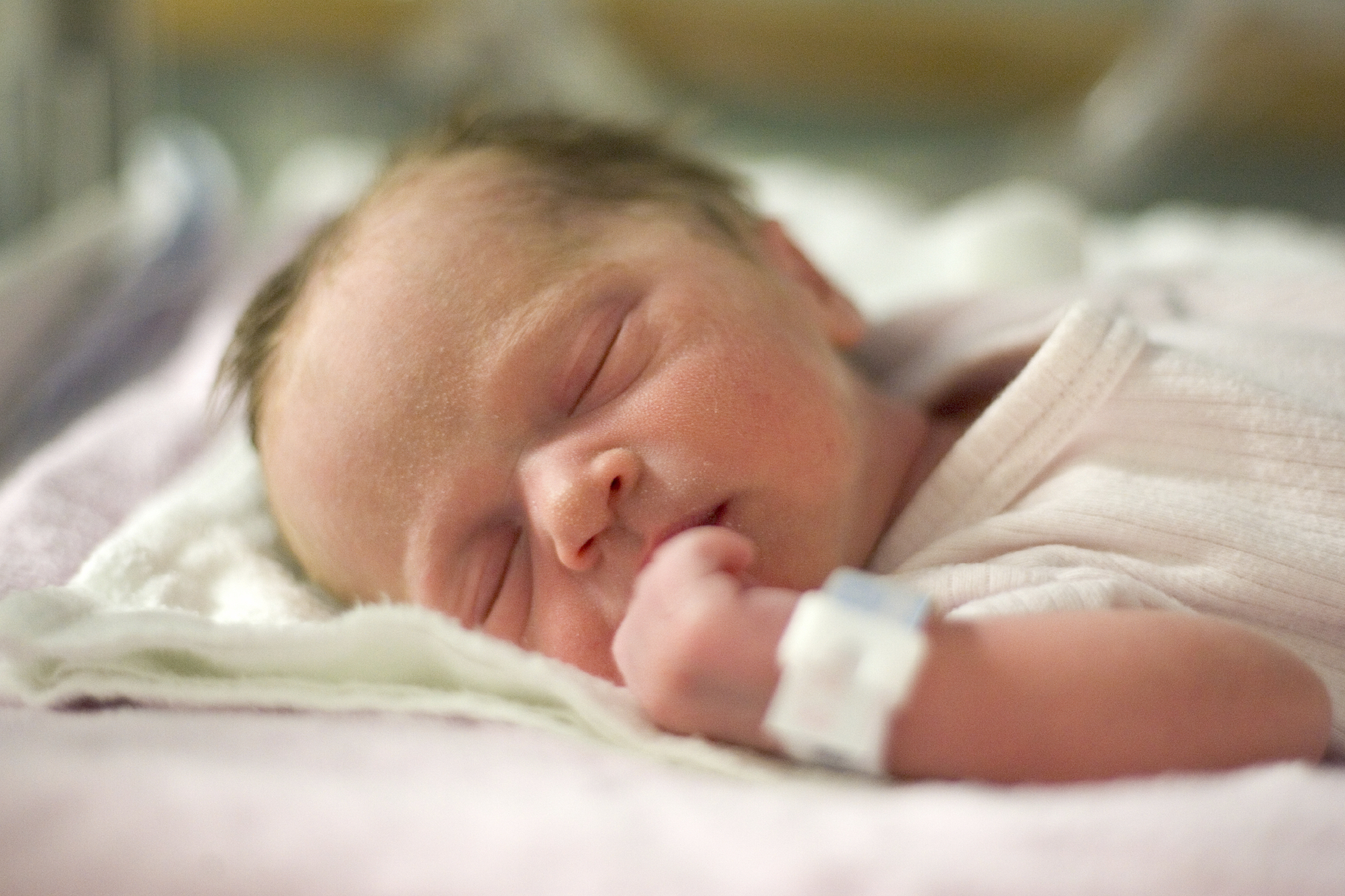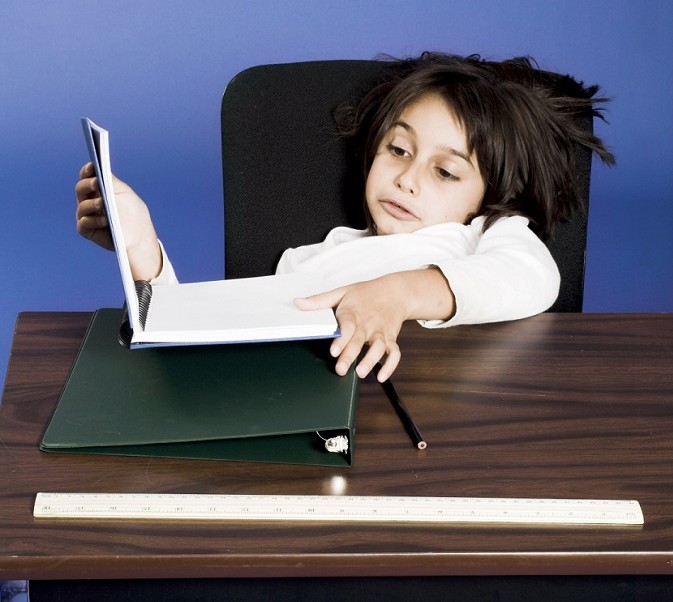Spinal Galant Reflex
The Spinal Galant Reflex provides the opportunity to experience a change from whole body movements to same side (homolateral) movements. It emerges at 20 weeks in utero, is actively present at birth, and should be integrated by the time the baby is 3 to 9 months of age.
The Spinal Galant Reflex is present when a baby is placed in a prone position (one their stomach) and stimulation is placed to one side of the spine. If the reflex is present, the hip on the side of the stimulus will flex (curl toward that side). This reflex helps the baby to work it’s way down the birth canal during the birthing process, and also allows the fetus to hear and feel the sound vibrations in the womb.


The Spinal Galant Reflex is important in the development of hearing and auditory processing, as well as helping to achieve balance when the child is creeping and crawling. If the Spinal Galant Reflex is retained past 9 months of age, it can have an effect on the child’s ability to control their bladder, which may lead to bedwetting issues at a later age.
Symptoms of a poorly integrated Spinal Galant Reflex may include the inability to sit still and/or fidgeting due to waistbands or tags in clothing or the back of a chair activating the reflex. The reflex has a great impact on attention and concentration which also affects the short term memory because there is the incessant need to be in constant motion.
Symptoms of the Spinal Galant Reflex
- Bedwetting
- Fidgety and wiggly, especially when seated
- Sensory issues with tags on clothing, food textures
- Poor concentration
- Poor short-term memory
- Hip rotation to one side when walking
- Irritable Bowel Syndrome (IBS)
- ADHD characteristics
